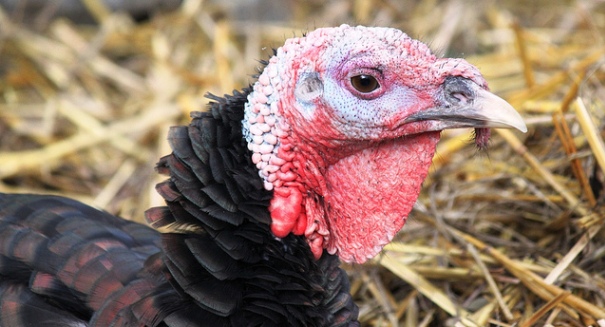
Now over 100,000 killed while H5N2 is detected in the West.
An outbreak of bird flu in the United States’ second largest turkey-producing county in Minnesota had federal officials verifying that a third farm is now infected. The Animal and Plant Health Inspection Service, an agency of the U.S. Department of Agriculture, said that a flock of 39,000 turkeys in Stearns County of central Minnesota is infected with a highly pathogenic variant of avian influenza, H5N2. The same strain has already killed 65,000 turkeys at two other Minnesota farms, both in the western part of the state.
It was only a day ago that a farm in Lac qui Parle County in western Minnesota killed 22,000 12-week-old turkeys in one “barn.” The same farm was ordered to kill another 44,000 birds as a precaution against spreading the disease.
The first confirmation of H5N2 came on March 5th from a farm in Pope County, along the a major route of migrating birds known as the Mississippi Flyway. It was only with the next several days that the flu was identified in flocks (both backyard and commercial) in Missouri, Arkansas, and Kansas. Also, the same strain also has been detected along the Pacific Flyway in the western U.S.
The farm now facing 40,oo0 unscheduled slaughters, in Stearns County, has been quarantined and all turkeys there will be killed and thus stay out of the human food supply. Minnesota is the top producing state in the U.S. and over 40 countries have banned poultry imported from that state. In addition to turkeys, Stearns County is also one of the top egg and chicken producers in Minnesota. The largest turkey-producing county in Minnesota, Kandiyohi, has not seen a hint of H5N2.
Wild and migratory waterfowl are generally considered a natural source for avian influenza. Although they typically don’t get sick from such viruses, the pathogens can be spread to bird farms through droppings. Nevertheless, researchers do not understand how the virus specifically got into Minnesota.